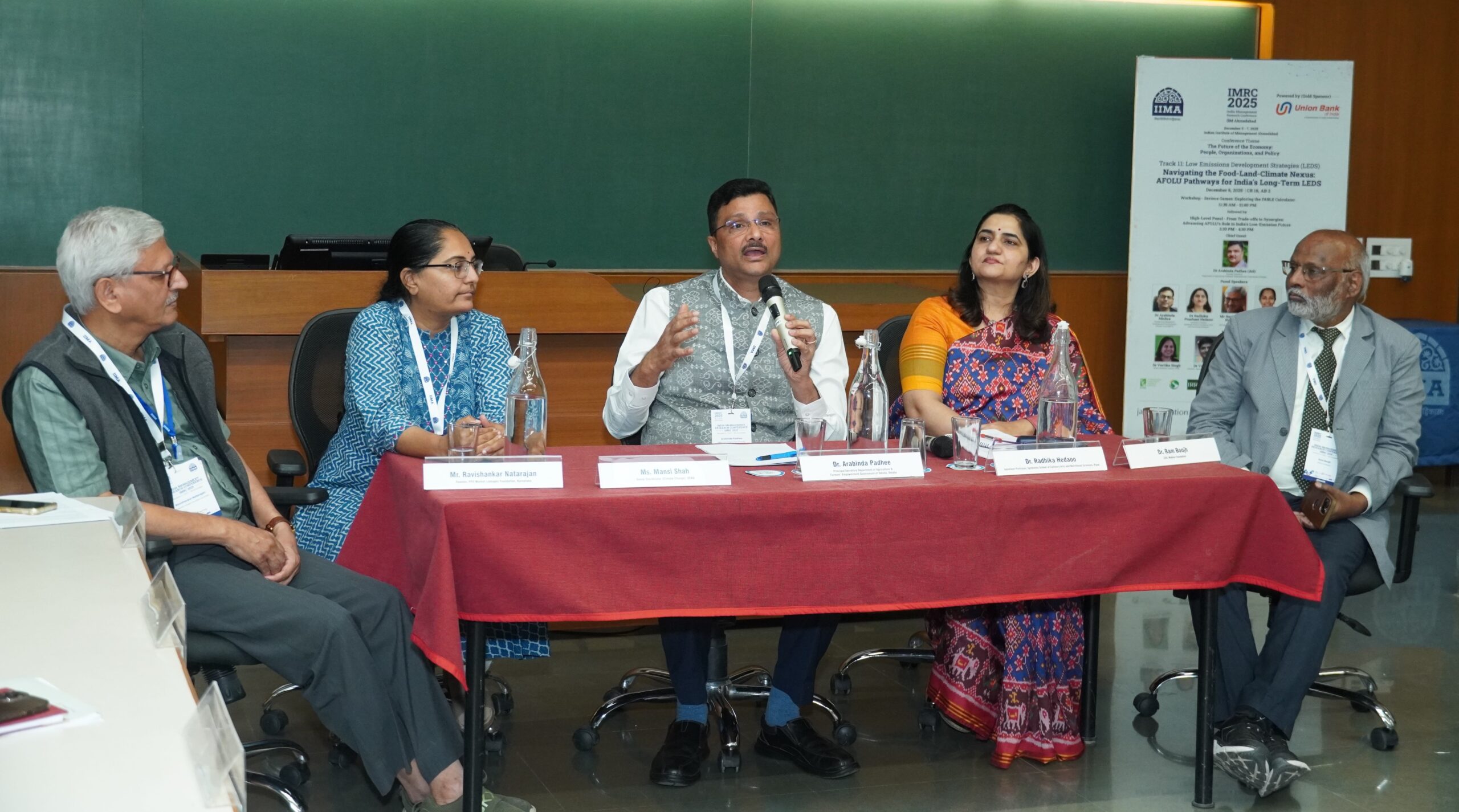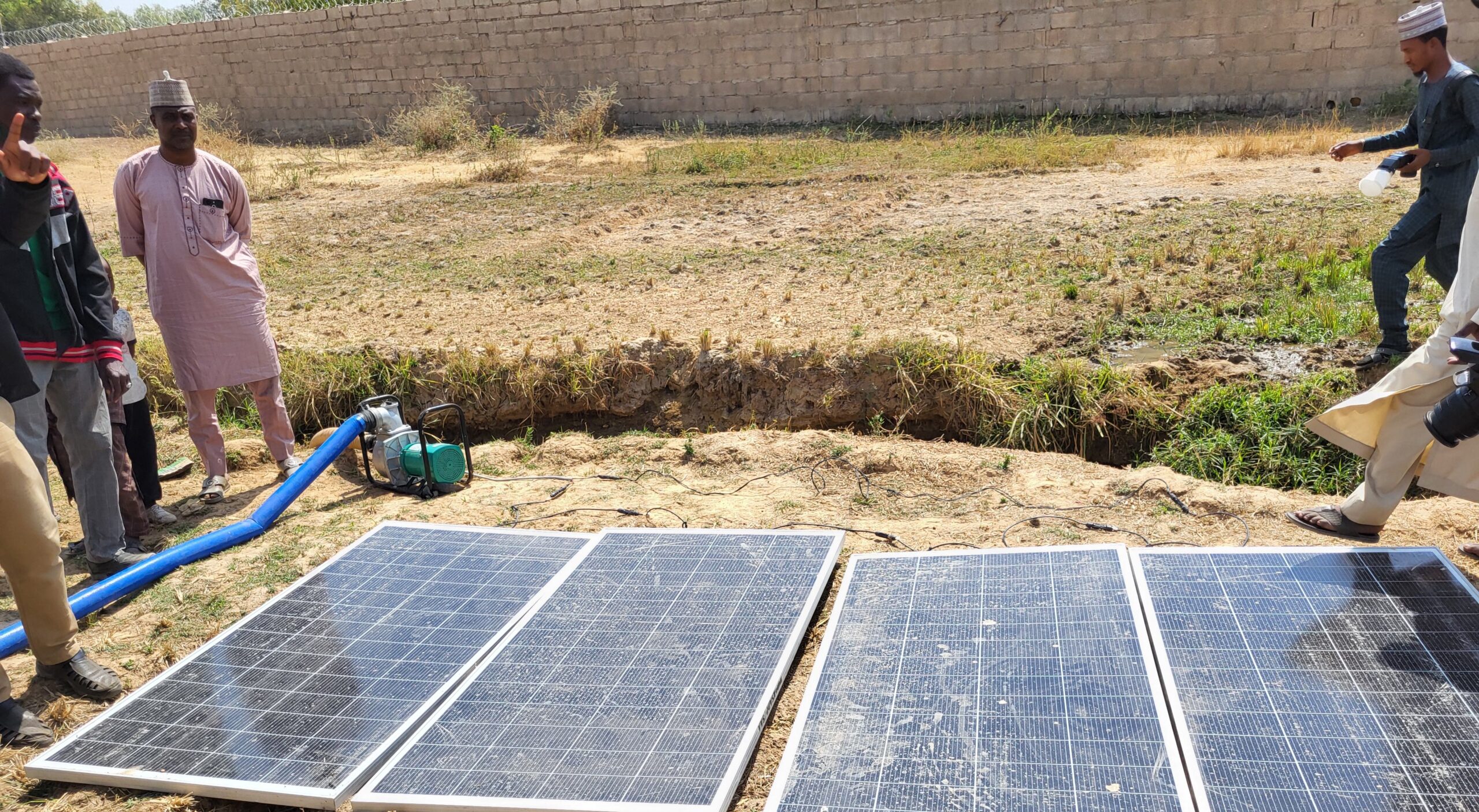Hidden hunger—the silent epidemic of micronutrient deficiencies—is driven by poverty and continues to be a major public health challenge in the developing world. More than 3 billion people worldwide, primarily in Africa, Asia, and Latin America, simply cannot afford a diet rich in vital vitamins and minerals. The prevalence of iron, iodine, zinc, vitamin A, and folate deficiencies is alarmingly high worldwide.
Micronutrient deficits are frequently caused by poor quality diets that rely heavily on monotonous starchy staple foods lacking in key vitamins and minerals. Increasing dietary diversity, food fortification, micronutrient supplementation, fermentation and other forms of food processing, and other strategies have been defined to combat the hidden epidemic of micronutrient deficiencies.
Despite some progress in reducing chronic malnutrition, Ethiopia continues to be an epicenter of the triple burden of malnutrition—undernutrition, overnutrition, and micronutrient deficiencies. To address the latter, the government has developed a national guideline on food fortification, particularly targeting selected items such as wheat and edible oils. There are also ongoing supplementation programs for vitamin A and iron-folic acid, among others. However, these interventions are predominantly accessible mainly to urban beneficiaries, so the rural poor are hardly covered, creating inequities in access to micronutrient-fortified foods. In addition, dietary diversity among women and children in rural areas is generally poor. Thus, biofortification—breeding crops to increase their nutritional value—may be a viable strategy in Ethiopia for addressing dietary gaps and combating micronutrient deficiencies, addressing the limitations of the more established interventions.
Our recent study, published in Food and Nutrition Bulletin, assesses the state of biofortification in Ethiopia, finding that the practice has potential as a measure to address the country’s hidden hunger problem—but that to be effective, it requires greater institutional commitments by the government, researchers, and others.
The study consists of a literature review as well as interviews with key informants to get a better understanding of the status of biofortification in the country and identify potential barriers to expanding the production and consumption of biofortified foods. We also analyzed data from the Annual Agriculture Sample Survey and household consumption and expenditure survey to characterize the area of bio-fortifiable crops currently under production, and their significance in terms of total consumption.
Our findings indicate that biofortification is a potentially cost-effective nutrition intervention for Ethiopia that could address inequities of micronutrient malnutrition across residence and wealth status. However, lack of financial and complementing inputs to support existing biofortification programs have been identified as critical bottlenecks to their scale-up. Additional challenges identified include the lack of a mandated institution or coordinating body focused on biofortification, as well as the slow adoption of biofortified crops due to the scarcity of improved seeds.
The study outlines clear reasons why the government of Ethiopia and all concerned bodies should focus attention on biofortification as an alternative, low-cost nutrition intervention that can strongly support the fight against micronutrient malnutrition, especially among rural and disadvantaged population groups. The government is taking some steps to increase access to biofortified seeds and the seed value chain system.
Institutionally, the lack of mandate to a specific organization to coordinate biofortification activities is a significant problem. One of the most critical factors contributing to Ethiopia’s low adoption of biofortified crops is the limited availability of improved seeds, mainly due to the poor seed supply system. Hence, we strongly advise increasing access to biofortified seeds along the Ethiopian seed system value chain. Additionally, the introduction of biofortified crops should be targeted to areas with the greatest need considering existing food consumption patterns, and biofortification activities outlined in the National Food and Nutrition Strategy should be implemented.
The study recommends that researchers and research institutions become more engaged in biofortification activities, through the development of biofortified varieties and the contextualized selection of crops and nutrients for biofortification. Our findings underscore the need for crop-nutrient combinations that address the colossal backlog of micronutrient deficiencies among the vulnerable population. Finally, the study recommends that biofortification initiatives in Ethiopia prioritize cereals that are primarily produced domestically, such as teff, sorghum, enset, and barley.
Biofortification is a potentially powerful tool to address Ethiopia’s hidden hunger problem; however, many obstacles exist to scaling up such efforts. Our study suggests that greater efforts by institutions, along with individual officials and researchers, can begin to address those problems and make a difference in reducing micronutrient deficiencies.
Taddese Zerfu is a Research Fellow with IFPRI’s Development Strategies and Governance (DSG) Unit, based in Addis Ababa, Fantu Bachewe is a DSG Research Coordinator based in Kigali, Rwanda; Tirsit Genye is a DSG Research Coordinator based in Addis Ababa; Meron Girma is a Nutritionist with the Ethiopia National Information Platform for Nutrition (NIPN); Aregash Samuel is NIPN Coordinator; James Warner is a DSG Research Fellow and Rwanda Program Leader; Cornelia van Zyl is a Deputy Chief of Party with CARE in Ethiopia and a former IFPRI Senior Technical and Policy Adviser. This work was supported by the NIPN.
Referenced paper:
Bachewe, F., Genye, T., Girma, M., Samuel, A., Warner, J., & van Zyl, C. (2023). Biofortification in Ethiopia: Opportunities and Challenges. Food and Nutrition Bulletin, 03795721231188913. https://doi.org/10.1177/03795721231188913







